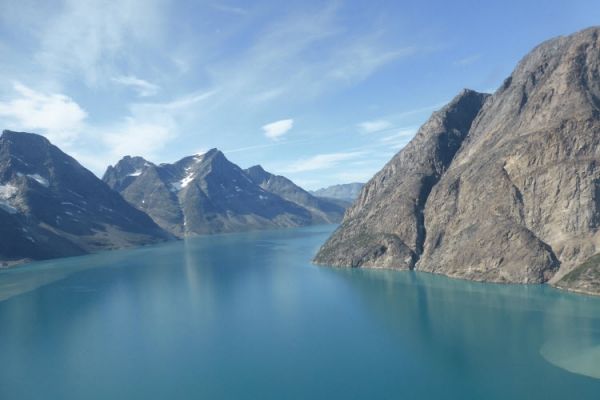The research, published in the journal Earth and Planetary Science Letters reveals how the team from St Andrews, Greenland, Australia, Denmark, and Canada, used magmatic rocks, sourced from deep within the Earth, to sample the interior of cratons as a means to understand how they were formed.
Cratons are the ancient, stable, heart of the Earth’s continents, and their formation was a pre-requisite for the evolution of complex life. The North Atlantic Craton extends from Northern Scotland through Greenland to North America, and contains the oldest crust known on Earth – up to 3.8 billion years old. How these ancient cratons were built is a major scientific debate, informing on one of the most fundamental questions in Earth science: when did plate tectonics begin operating?
Plate tectonics – the cycle of rigid tectonic plates in constant horizontal motion across the surface of the planet – makes Earth unique within the rocky planets of the solar system. Plate tectonics started at some point after the Earth formed 4.6 billion years ago, but it is unclear exactly when. Some scientists believe craton formation occurred as a result of plate tectonics, whereby they were assembled via horizontal stacking of crust. Others believe cratons were formed through non-plate tectonic processes, growing via so-called “vertical tectonics”.
Continue reading at University of St. Andrews
Image via University of St. Andrews


